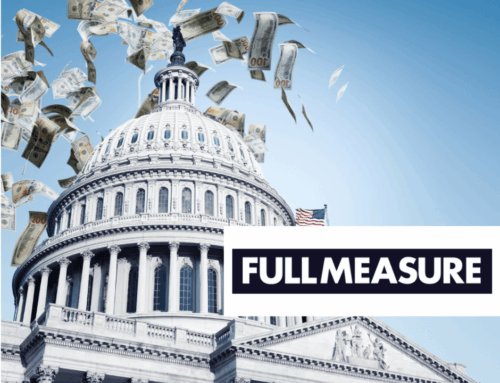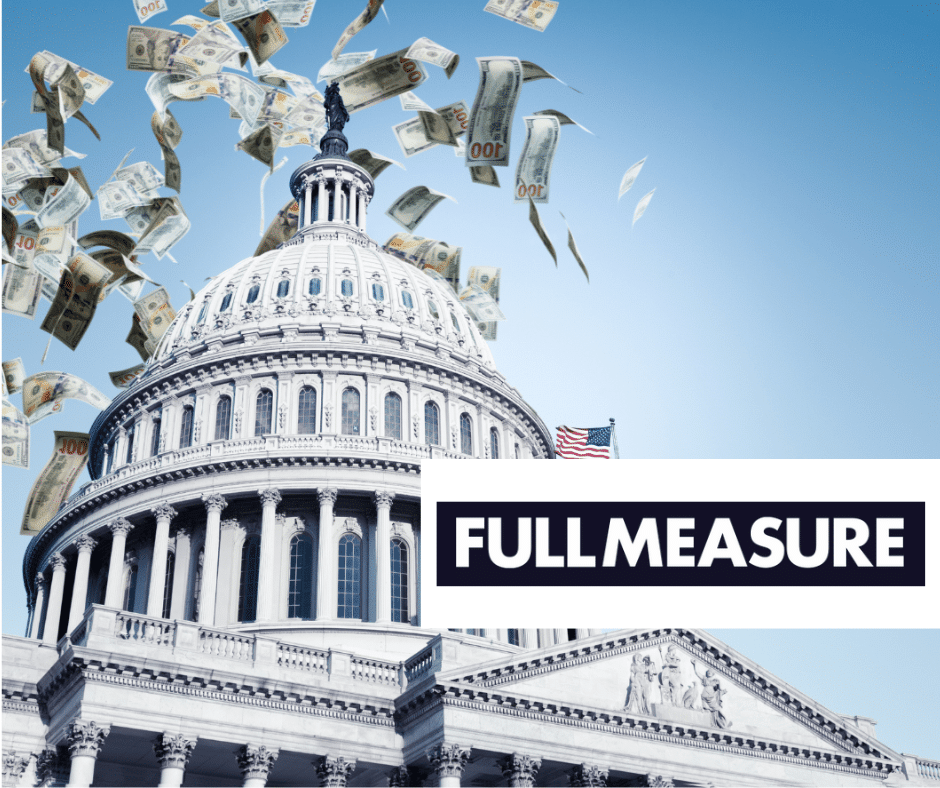The year began with hoary promises that Congress would be different – spending bills would be passed one at a time with ample time for review and debate. In the waning days of 2011, taxpayers watched the same old story unfold. Nine spending bills worth nearly $1 trillion jammed together, lawmakers voting on legislation that even the Valedictorian of an Evelyn Wood speed reading school couldn’t have gotten through: Promises made, promises busted.
At 12:38 AM Wednesday , December 14th, the fiscal year 2012 spending bill was released by the House Appropriations Chairman Harold Rogers. Of course that was just the legalese, legislative language. The 1,092 page long joint explanatory statement which provides more details about where the money is going didn’t come out until Friday morning – the day of the vote.
Passing the bills separately and with plenty of time for review isn’t just an academic exercise. It affords taxpayers an opportunity to review and comment on legislation. It also serves as a disincentive to those lawmakers who would like to pull a fast one on taxpayers.
As it is nobody knew everything that was in the bill. We’re going to be finding baubles and trinkets well after Christmas trees are out on the curbs and menorahs are put away. Already some gems are surfacing. Senate Energy and Water Appropriations Chair Diane Feinstein took the opportunity to slip in a sop for the Westlands water district in California. The provisions would change the rules to allow Westlands and other water districts to buy up more federally subsidized irrigation water than they are currently allowed.
In the same Energy and Water section, the House and Senate airdropped in a provision that was not in the earlier House and Senate versions. The provision would stop the White House from updating the nearly 30-year old rules that govern Corps of Engineers project analysis: something Congress told them to start doing in 2007!
In the Defense portion, there were several instances where millions of dollars were added back in because of “unjustified reductions” – we don’t know whether they were justified or not, because there is no amplifying information about the differences.
We have also found several semi-generic accounts that could end up as magnets for lettermarks – where lawmakers write federal officials about where to spend the cash – or phonemarks – where they pick up the phone and tell those same officials where to spend it. The only way to be sure is to keep watching and see what happens as the cash goes out the door. You can bet that we will.
The only good thing about this year’s appropriations process was that it actually yielded bills. The first quarter of the fiscal year may be just about over, but at least agencies know what their budgets are for the rest of the year. Last year, every federal agency except the Defense Department had to operate under a year-long continuing resolution that extended funding levels from 2010. That’s no way to run a government.
With a Presidential election looming, precious little is likely to get through Congress. Lawmakers often boast about how the Constitution gave Congress the power of the purse. We need less talk and more action. Budgets are about more than numbers, they’re about priorities and the public needs to know where their elected officials are putting their priorities. So passing a last minute, unread spending bill that’s the size of the Webster’s Dictionary isn’t just about breaking a promise. It’s about denying the public an opportunity to participate in our Democracy.
###
TCS Quote of the Week
“We passed a massive, 2,000-page bill that no member of the House even pretends to have read. It represents a failure to meet our basic responsibilities to the American people.” — Rules Committee ranking member Louise Slaughter (D-NY) said in a statement this week. (National Journal Daily)










